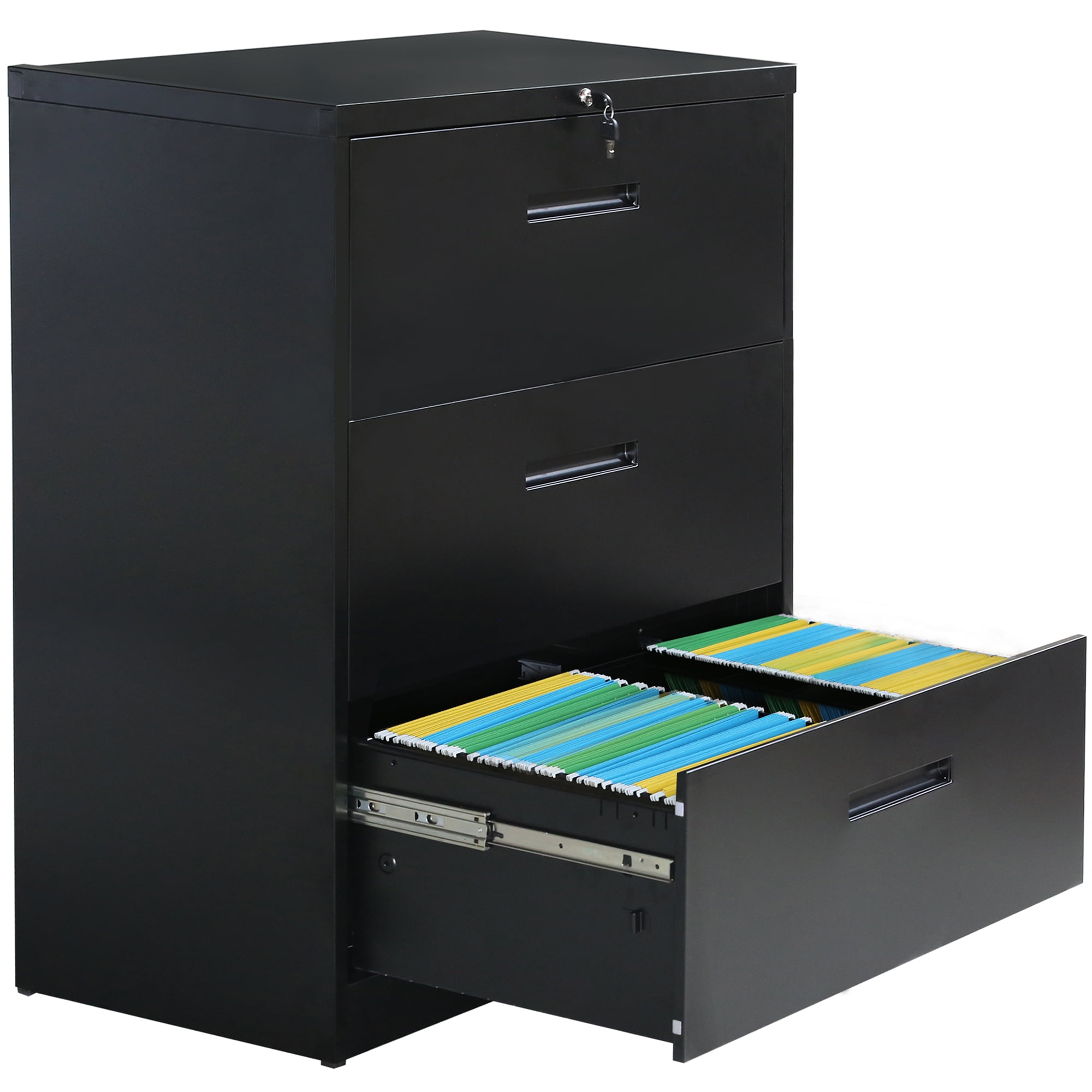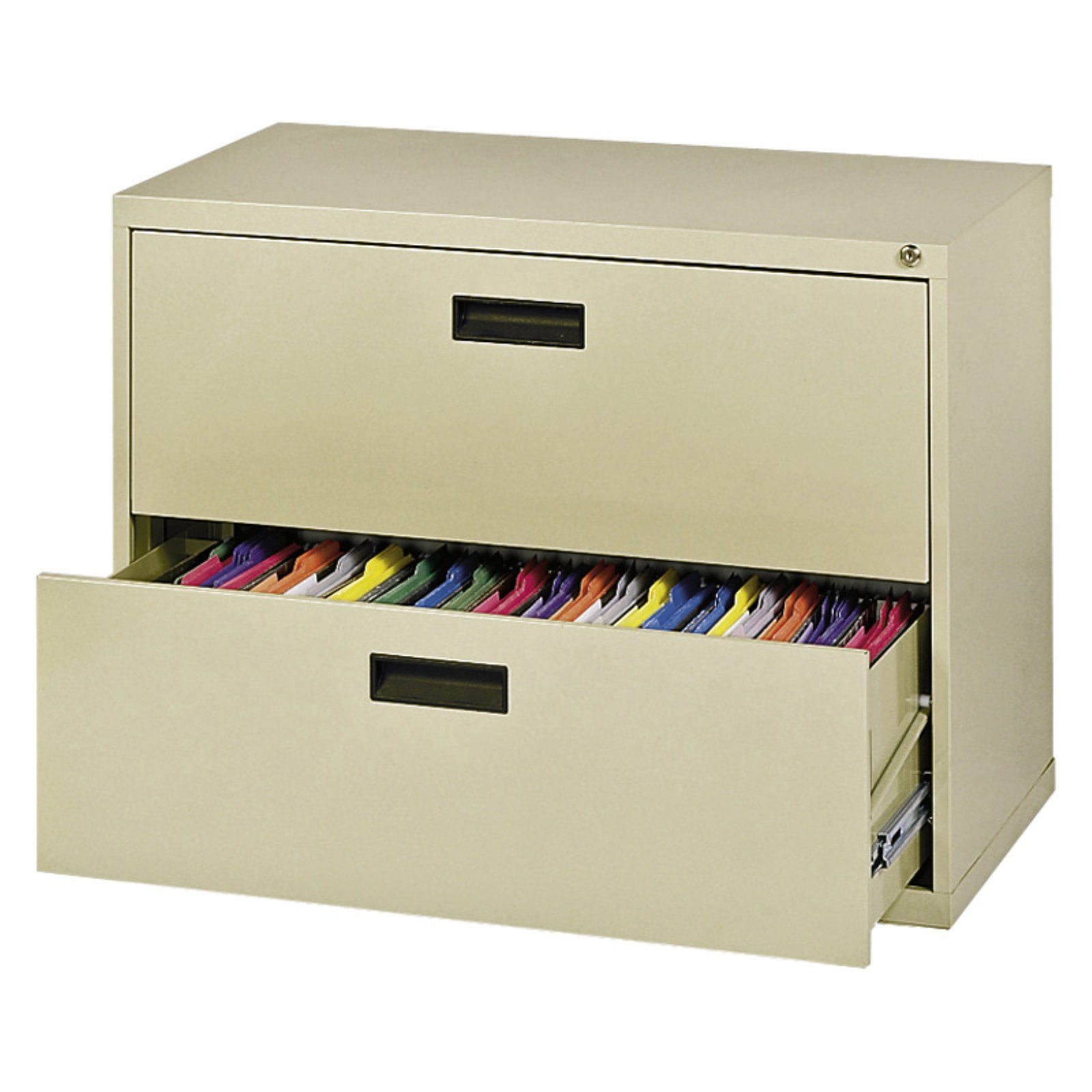Popular Sizes and Styles of Metal File Cabinets

Aduh, choosing a metal file cabinet, eh? It’s like picking a *mie ayam* – gotta find the right one for your *selera* (taste)! Size and style are key, so let’s break it down, *yeuh*!
Best metal file cabinets – Finding the perfect metal file cabinet depends heavily on your needs and available space. Whether you’re setting up a home office, a small business, or a sprawling corporate empire, understanding the common sizes and styles will help you choose the best fit. Think of it as finding the perfect *baju koko* – gotta be comfortable and look good, right?
Common Sizes and Their Uses
Three common sizes reign supreme in the world of metal file cabinets: small, medium, and large. It’s not rocket science, *ah*, but knowing the differences is crucial.
- Small File Cabinets: These usually hold around 2-4 drawers and are perfect for home offices or small businesses with limited space. Think of it as a *lemari kecil* for your important documents – enough for personal use, but not for a whole office!
- Medium File Cabinets: These offer more storage, typically with 4-6 drawers. They’re a good fit for small to medium-sized businesses needing to store a decent amount of files. Ideal for a growing business that needs more space than a small cabinet can offer.
- Large File Cabinets: These are the heavy hitters, often holding 6 or more drawers, and are commonly found in large offices and organizations with substantial filing needs. Imagine this as a *lemari besar* – ready to hold all the files of a large company.
Styles of Metal File Cabinets, Best metal file cabinets
Metal file cabinets come in various styles, each designed to suit specific needs and preferences. It’s like choosing between a *batik* shirt and a plain white one – both functional, but with different aesthetics.
- Vertical File Cabinets: The classic, upright style. These are the most common and are stacked vertically to maximize space. Think of the traditional file cabinet you see in almost every office.
- Lateral File Cabinets: These cabinets are wider than they are tall, offering a more horizontal storage solution. They’re great for larger documents or those who prefer easy side-to-side access.
- Mobile File Cabinets: These cabinets are mounted on wheels, allowing for easy movement and flexibility. Perfect for those who need to frequently access files or relocate their storage.
- Fireproof File Cabinets: These offer extra protection for your valuable documents in case of fire. They are usually a bit more expensive but provide an added layer of security.
Storage Capacity Comparison
Let’s get down to the nitty-gritty: how much can each type hold? This table shows estimates, *ya*, because the actual capacity depends on the file folder size and cabinet design.
| Cabinet Type | Size | Approximate Number of Files | Typical Use |
|---|---|---|---|
| Vertical | Small (2 drawers) | 200-400 | Home office, small business |
| Vertical | Medium (4 drawers) | 400-800 | Small to medium business |
| Vertical | Large (6 drawers) | 1200-1800 | Large office, organization |
| Lateral | Medium | 500-1000 | Small to medium business, offices needing easy access |
| Mobile | Small to Medium | 200-800 (depending on size) | Home office, small business, frequent file access |
Factors to Consider Before Purchasing a Metal File Cabinet: Best Metal File Cabinets

Choosing the right metal file cabinet is like picking the perfect *nasi goreng*: you gotta consider a bunch of things to make sure it’s *mantap* and fits your needs. Don’t just grab the first one you see; a little planning goes a long way!
Budget Considerations for Metal File Cabinets
Your budget is the first thing to think about, *asli*. Prices vary wildly depending on size, features, and brand. A basic, small two-drawer cabinet might cost you anywhere from $50 to $150, while a larger, multi-drawer model with extra features like locking mechanisms or a fire-resistant coating could easily jump to $300-$800 or even more. Think about how much you’re willing to spend and what features are truly essential to you. Don’t forget to factor in delivery costs, *yaaa*.
Weight Capacity of Metal File Cabinets
You need to know how much your cabinet can handle, *deh*. Overloading it is a recipe for disaster – a collapsed cabinet is not fun, *euy*. To calculate the appropriate weight capacity, estimate the weight of each file folder (let’s say around 2-3 pounds on average) and multiply it by the number of folders you plan to store in each drawer. Then, add a safety margin of about 20-25%. For example, if you plan to fill a drawer with 50 folders averaging 2.5 pounds each, that’s 125 pounds. Adding a 25% safety margin brings it to 156 pounds. Make sure the cabinet’s stated weight capacity exceeds this number.
Remember to always check the manufacturer’s specified weight capacity for each drawer, not just the overall cabinet weight capacity.
Choosing the Right Metal File Cabinet: A Human-Written Guide
Forget those robotic-sounding articles. Let’s talk real. First, measure your space. Seriously, *jangan sampe* you buy a cabinet that’s too big or too small. Then, consider the type of files you’ll be storing – letter, legal, or something else. This determines the drawer size you need. Next, think about how many files you’ll have – this dictates the number of drawers. Security is key, so consider locking mechanisms if you’re storing sensitive documents. Finally, think about the overall look and feel. Do you want something sleek and modern or more traditional? Choose a cabinet that matches your office aesthetic and will last you a long time. Don’t just settle for the first thing you see; do some research and find a cabinet that truly meets your needs. You deserve a filing system that’s both functional and stylish, *kan*?
